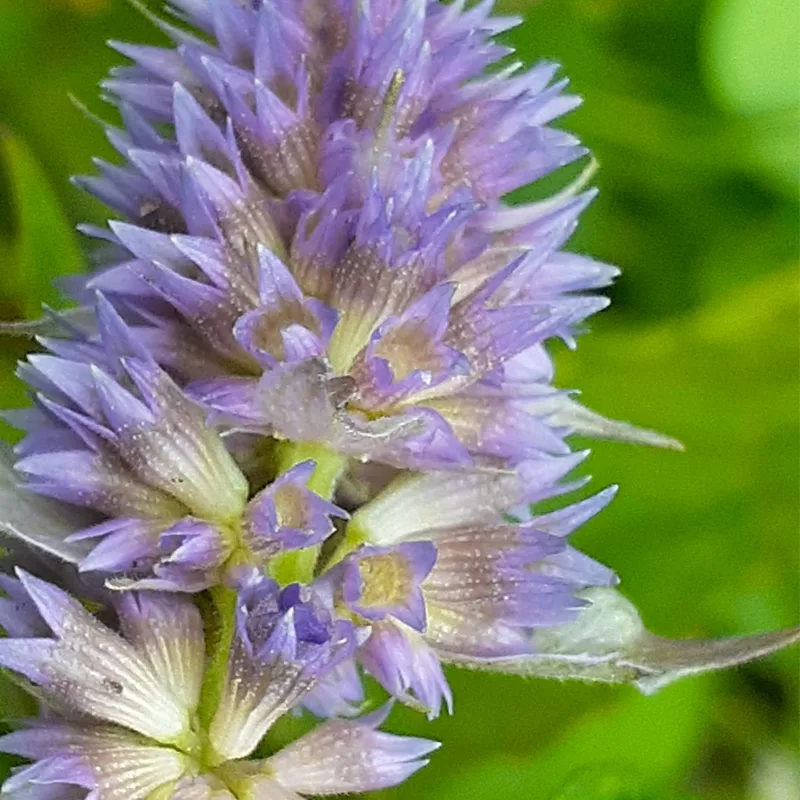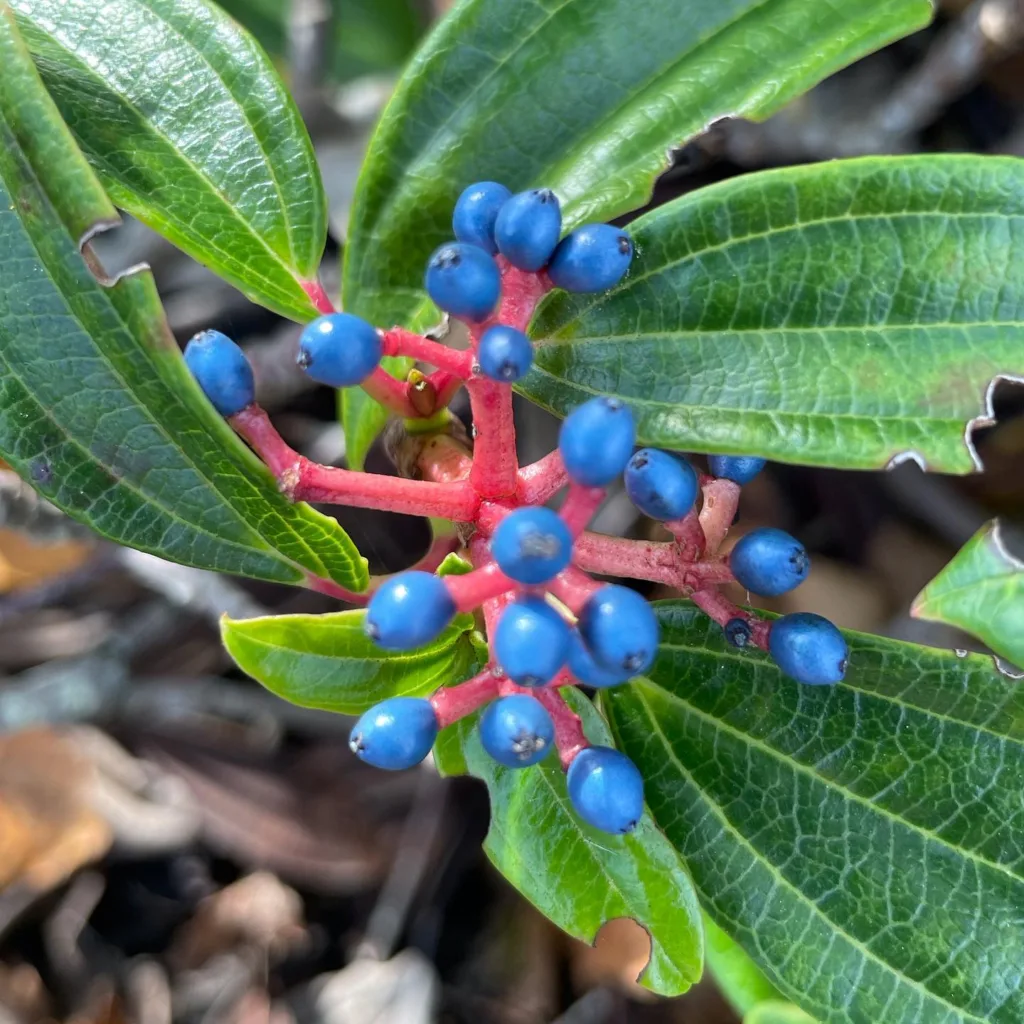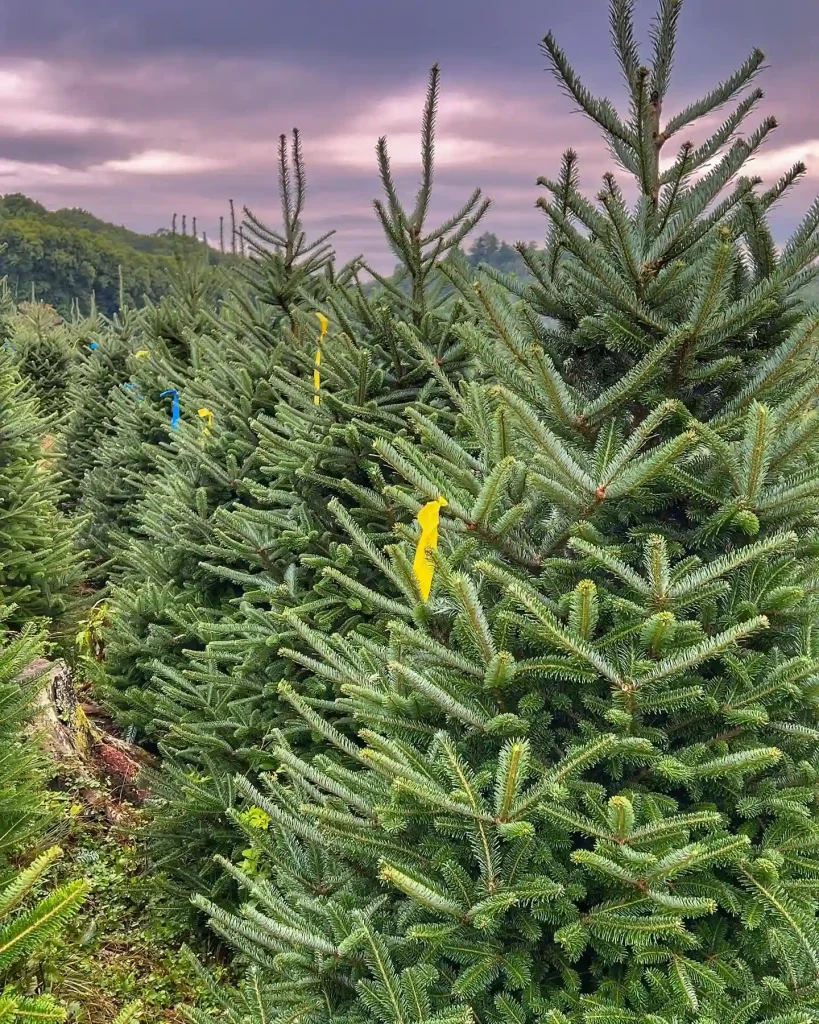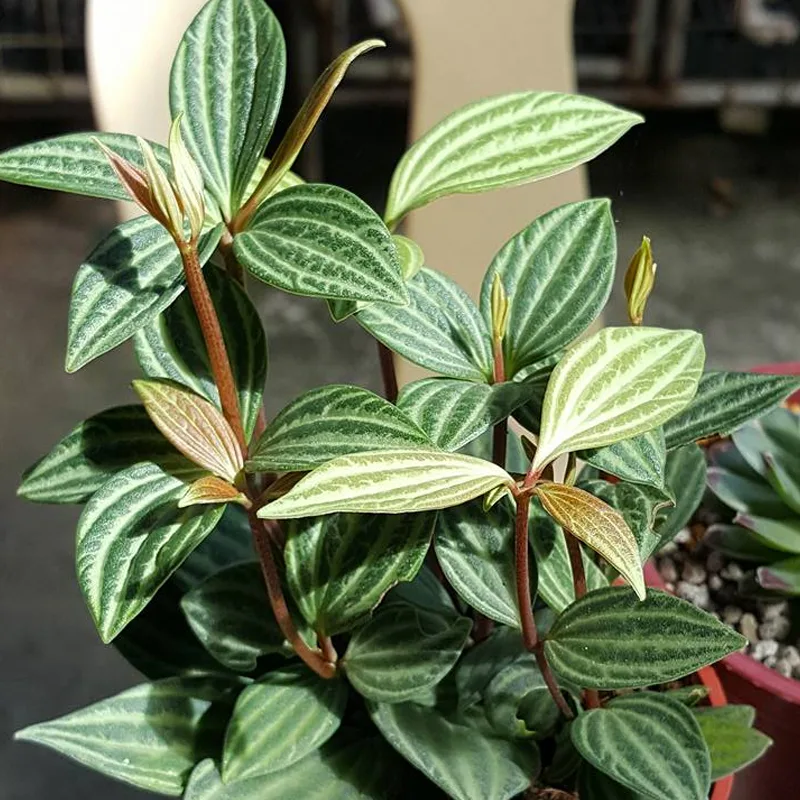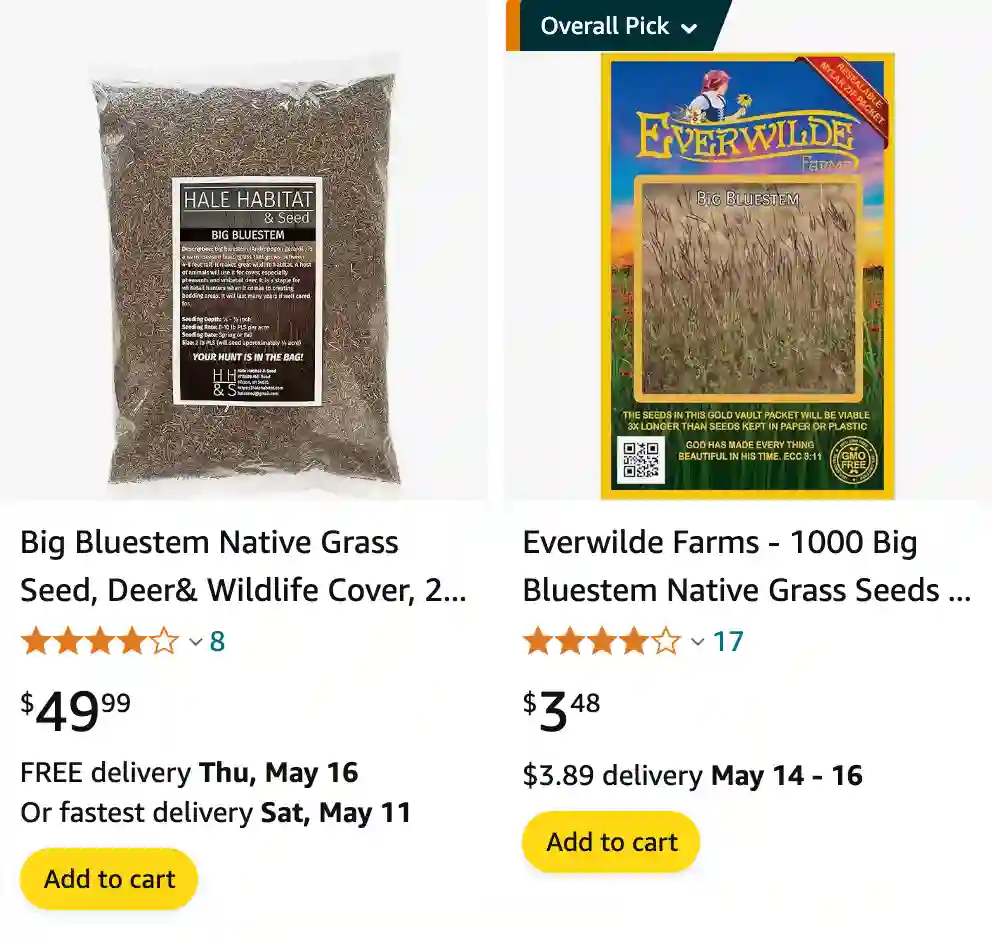
Indian Grass vs Big Bluestem
When I first planted Indian Grass alongside Big Bluestem in my garden, I was struck by their contrasting growth patterns. Indian Grass, with its slender, upright blades, added a delicate sway to the landscape, especially in the breeze. In contrast, Big Bluestem grew robustly, its reddish-brown stems towering over other plants. While both added a natural, prairie-like beauty, I found myself drawn more to the elegant movement of Indian Grass, which seemed to dance with the wind in a way that Big Bluestem’s sturdy presence couldn’t quite match.
Big Bluestem vs Feather Reed Grass
Comparing Big Bluestem to Feather Reed Grass in my garden, I noticed distinct differences in their visual appeal and growth habits. Big Bluestem, with its tall, slender stems and fluffy seed heads, created a dramatic backdrop against the sky, especially when backlit by the setting sun. Feather Reed Grass, on the other hand, had a more compact and structured growth, forming dense clumps of fine-textured blades that swayed gracefully in even the slightest breeze. While Big Bluestem added height and a wild, untamed beauty, Feather Reed Grass brought a refined elegance that softened the garden’s edges, making it feel more structured and balanced.
Is big bluestem grass invasive?
In my experience, big bluestem grass isn’t typically considered invasive. It’s native to North America and plays a crucial role in prairie ecosystems, so it usually doesn’t pose a threat to other plant species.
Is big bluestem grass good for cattle?
From what I’ve observed, big bluestem grass can be a valuable part of a cattle’s diet. It’s nutritious and palatable, providing good grazing material, especially during the summer months when it’s lush and green.
Does big bluestem grass spread?
Yes, big bluestem grass does have a tendency to spread through rhizomes, which can help it establish and thrive in various habitats. I’ve seen it slowly expand its presence in areas where conditions are favorable.
How fast does big bluestem grow?
In my experience, big bluestem can grow quite rapidly under the right conditions. It can reach heights of 4 to 6 feet in a single growing season, which is pretty impressive.
How tall does big bluestem get?
Big bluestem grass can grow quite tall, reaching heights of 4 to 6 feet or even taller under optimal conditions. I’ve seen it towering over other vegetation in prairie habitats, especially during the peak of the growing season.
How to plant big bluestem?
Planting big bluestem typically involves sowing the seeds in well-prepared soil in the spring after the threat of frost has passed. It’s important to ensure good seed-to-soil contact and provide adequate moisture for germination. I’ve found that it’s best to plant the seeds at a shallow depth, around ¼ to ½ inch deep.
Is big bluestem a perennial?
Yes, big bluestem is a perennial grass, meaning it comes back year after year from the same root system. This makes it a reliable and long-lasting component of prairie ecosystems.
What eats big bluestem grass?
Various herbivores, including deer and rabbits, graze on big bluestem grass. They seem to enjoy it as part of their diet, especially in areas where it’s abundant.
When to harvest big bluestem seed?
Harvesting big bluestem seed is typically done in the fall once the seed heads have matured and turned brown. I’ve found that timing is crucial to ensure maximum seed viability.
When to plant big bluestem?
I’ve had success planting big bluestem in the spring, ideally after the soil has warmed up and there’s no longer a risk of frost. This allows the seeds to germinate and establish before the heat of summer arrives.
Do deer eat big bluestem?
Yes, deer do eat big bluestem, especially when other food sources are scarce. They seem to browse on it occasionally, but it doesn’t seem to be their preferred choice.
How to harvest big bluestem seed?
Harvesting big bluestem seed involves collecting the mature seed heads and threshing them to remove the seeds. I’ve found that this can be a bit labor-intensive but rewarding, especially when you see the abundance of seeds that can be collected.
Is big bluestem grass good for horses?
While big bluestem is primarily used as forage for cattle, it can also be suitable for horses, especially in mixed grazing situations. It provides a good source of nutrition and can help maintain healthy pastures.
Can big bluestem take part shade?
Big bluestem generally prefers full sun but can tolerate partial shade to some extent. However, I’ve noticed that it tends to grow taller and more vigorously in full sunlight compared to shaded areas.
If i die, water my plants!
